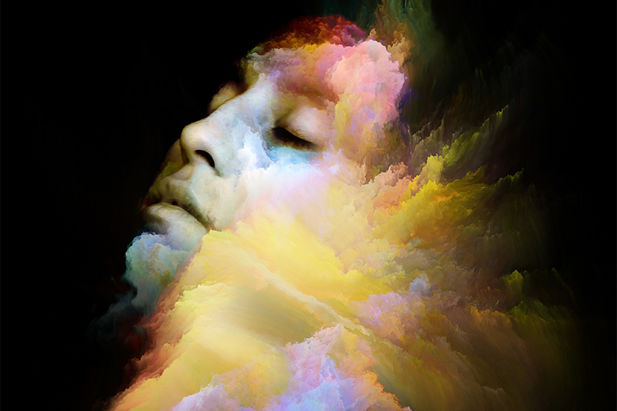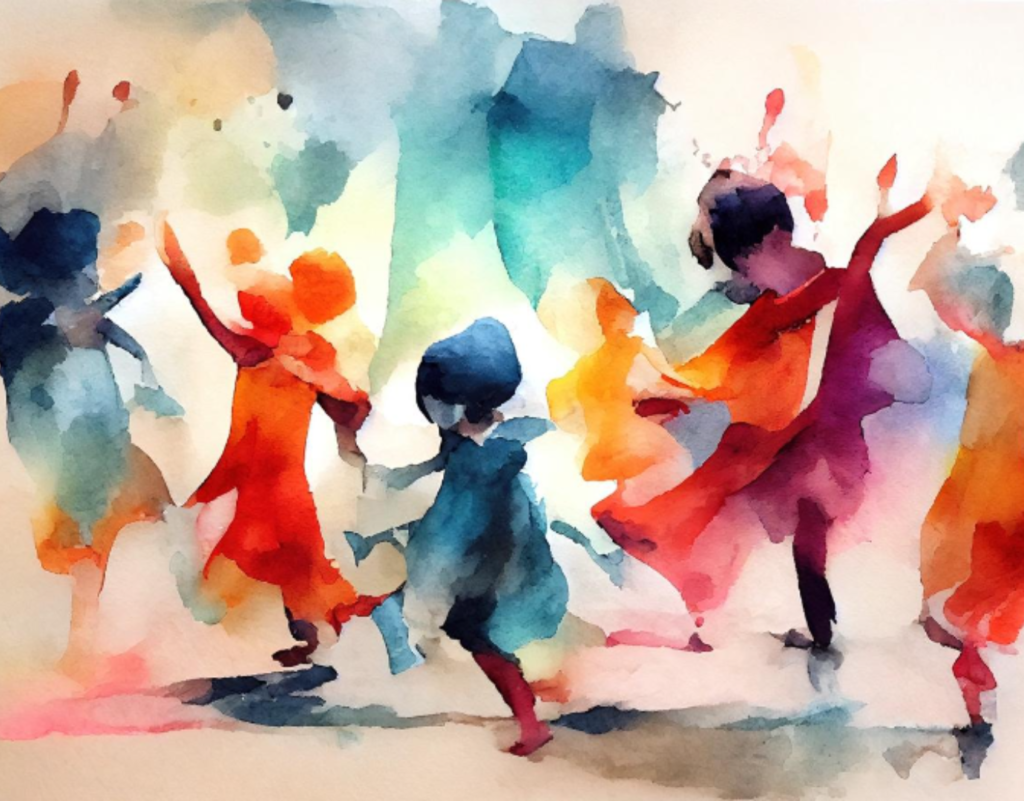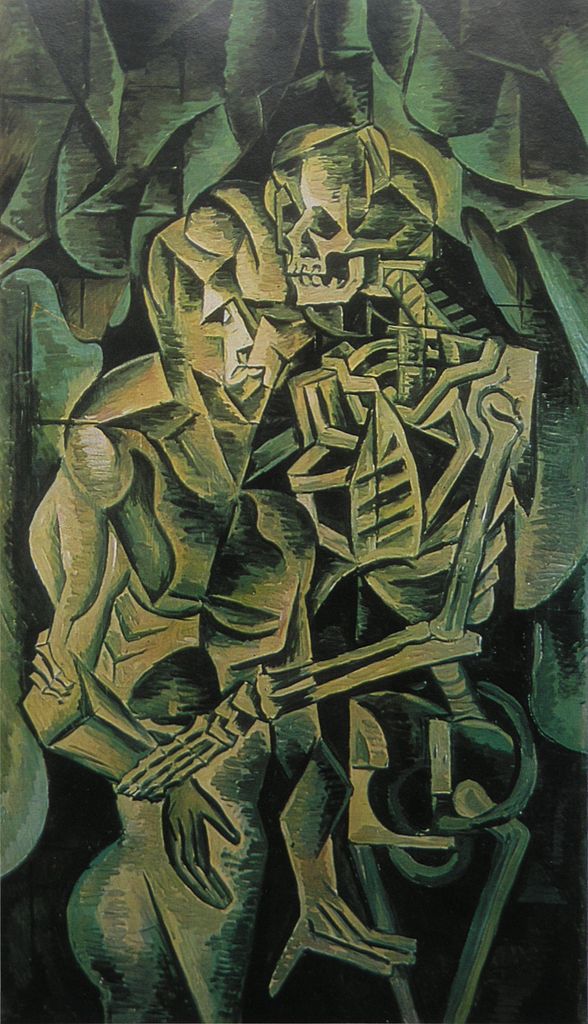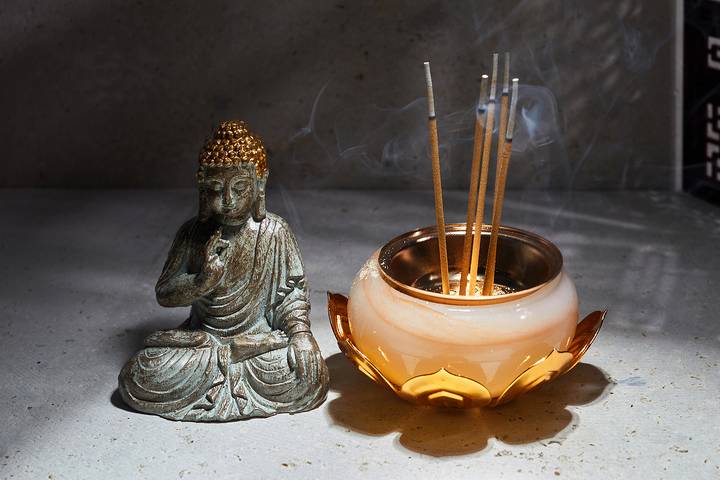I was just reflecting on just how much time I spend rehearsing my life, rather than, in a sense, just living it directly.
By this I mean …. how much time do I spend thinking about what I should do in the future? How much time is caught up in going through various scenarios of what should happen, what could happen, what might happen …. in myriad detail?
Compulsively these thoughts churn, end on end … tumbling in my mind.
Me trying to get ahead of the game. Me trying to get on top, me trying to beat someone else in some way.
Trying to visualise better outcomes. Trying to get it ‘right’.
And all of it imagined experiences, imagines scenarios of what might be.

So why am I doing this, out of control, compulsively spawning these versions of what could transpire?
Why am I not simply experiencing what is, right here?
Is the discomfort of sensations I don’t fully want to experience the driving force? Is it that I can’t fully allow these things to entirely permeate my awareness and allow myself to fully dwell in these things, however uncomfortable, however dull, is it this which compels me to spawn imaginary futures in which I rehearse life?
Of course being in the present and just experiencing life could mean just = fully experiencing these thoughts as *they* are what is right now as much as any bodily sensation, any feeling, any visual or auditory sensation, would be. Mahamudra has no enemies, especially not though.
Yet I tend not to experience it this way, at times. Thoughts are so seductive that I lose the open aspect of experience, the sense of thoughts in awareness, alongside all other sensations of being at that moment … and just get sucking into the content of the thought, losing all else to awareness.
And so it goes on, rehearsing, rehearsing, instead of opening to life as it is …..
Sometimes it’s like this ……





Human nature is a constant weening and pruning of what was and planning for what might be. My Sufi Master once said that if you could accept what is happening to you at each moment, you would be finished with the path. That may be the essence of Baba Ram Das's "Be here now." Be present in the moment.
Ah life 🙂
For me, this post is an intriguing inquiry into "what is". I love the ending —
"instead of opening to life as it is …..
Sometimes it's like this ……"
It's all life as it is, isn't it? And yet at the same time I know what you mean about the busyness of the mind being a distraction from the discomfort of experiencing certain emotions and sensations.
The ultimate inquiry for me though is about the "driving force" you mention. What is the driving force of it all, and are we in the driver's seat after all?
As always, a thought provoking post that finds Truth in several directions! The direction for me today is: Our spiritual journey is like a theatrical play. We learn and perfect our parts through rehearsal, rehearsal, rehearsal, then we open to, and perform, who we have now become. Then we go to a higher play and begin the steps anew. One step leads to and is part of the next – until we reach the goal.
‘…these thoughts churn, end on end … tumbling in my mind’ – like stones tumbling in the currents of a creek as they are carried to the sea of Enlightenment via the divine vehicle of Imagination! This IS the process of ‘…living it directly!’ – though I know what you mean. Regardless of the wisdom, when it’s time to stop the tumbling my best method is to repeat the name of Buddha day, night, and in my sleep when necessary. Then I can rest in Silence and Stillness for awhile. Also, though all steps are important, including our least favorite ones, when wise contentment with each step seems no longer possible, I remember this:
“O, Sariputra, form does not differ from voidness, and voidness does not differ from form. Form is voidness and voidness is form; the same is true for feeling, conception, volition and consciousness.” [The Prajna Paramita Heart Sutra, translated by Tripitaka Master Hsuan Tsang, 2nd ed., 2000. Online: pdf on buddhanet.net ]
And there is nothing wrong with that. 😉